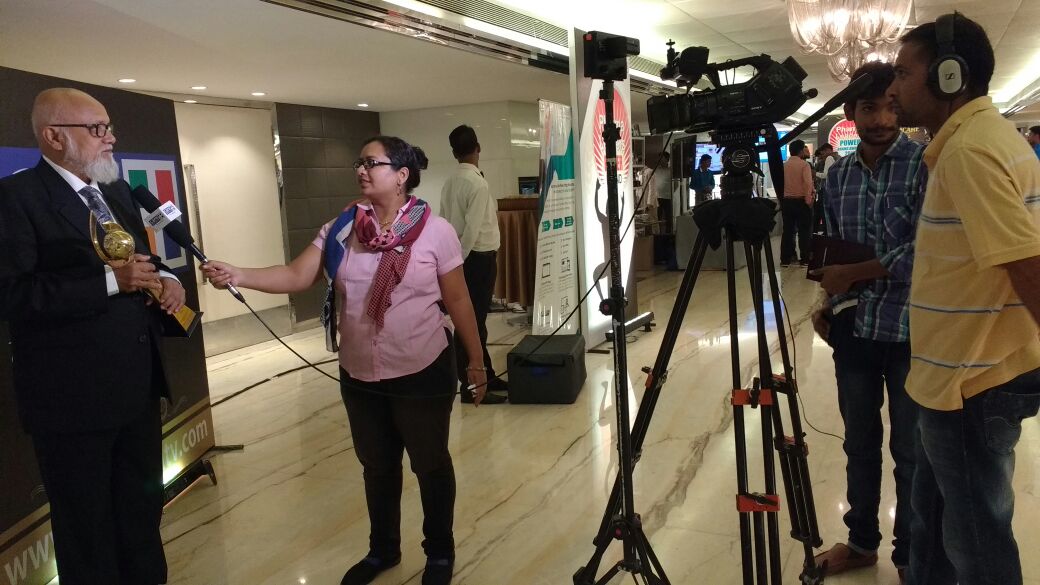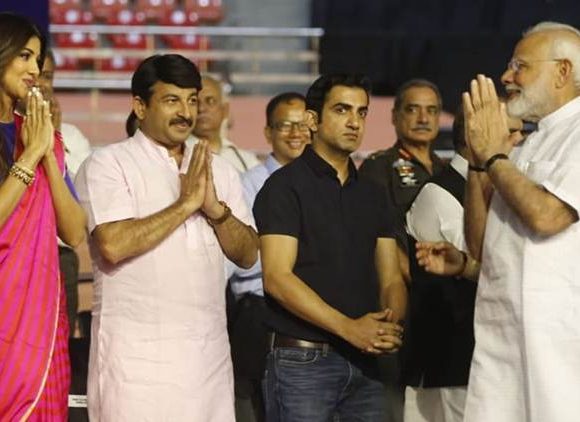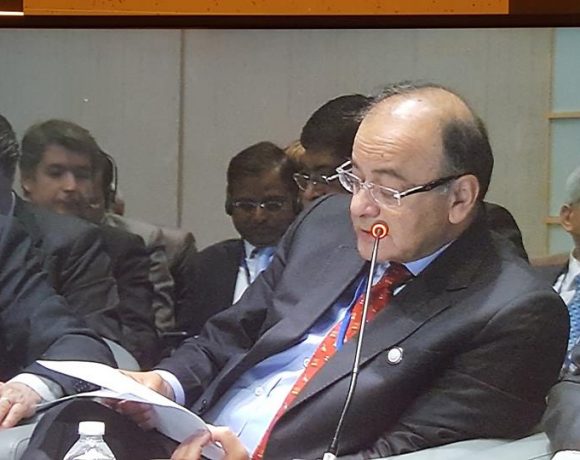60% Northeast families landless
illiterate, only 10 per cent households have someone with a salaried job and only 8 per cent households earn Rs 10,000 or more every month.The SECC findings, released last Friday, bring out statistics reflecting the state of poverty and deprivation in rural India as well as crucial social trends such as ownership of assets, gender dynamics, marital status, educational and employment. That leaves nearly 28 per cent rural households without any phone. In Chhattisgarh, this is particularly high at 71 per cent, mainly due to lack of connectivity and mobile towers, a reflection of the lack of development in the state, which has witnessed large-scale Naxal violence. The socio-economic and caste census (SECC) 2011, released by finance minister Arun Jaitley in New Delhi on Friday, portrays a grim picture of Odisha. Around two-third households have a monthly income of less than Rs 5,000, even as cost of essential commodities are skyrocketing. Around 15% families have monthly income between Rs 5,000 and 10,000 compared to 17.88% at the national level.Only 6.8% families in rural parts of the state have at least one member with salaried jobs compared to 9.68% at the national level. Around 23% families in the state depend on agriculture, 28.12% on casual labour and 3% on domestic work. Around 0.26% rural families are into rag-picking compared to 0.23% at the national level. Similarly, 0.26% families in Odisha depend on begging, which is third highest after West Bengal (1.26%) and Assam (0.70%).Though the state government has announced pucca houses for all by 2019, around two-third families (64.97%) still stay in kuchha houses. Though Odisha is largely an agrarian state, farming is still predominantly a manual work with negligible percentage of machines being used. Less than 1% families in the state have motorized farm tools compared to 4.12% at the national level. In the state, only 1.65% households own irrigation equipment, compared to 9.87% at the all-India level.Penetration of Kissan credit card, which portrays ease of cash flow to the farmers, in the state stands at a meager 1.51%, which is one-third of the national average of 3.62%.Only 33.56% families in Odisha own cellphones, half of national average (68.35%). The state occupies second slot from the bottom after Bihar (28.47%).The percentage of households owning a motorized vehicle in the state stands at 8.97 compared to 20.69 at the national level. Of the total 98,85,118 households in the state, 86,22,827 families stay in villages. Sociologists blamed the ongoing government’s relief-centric schemes for the poor social indices. “No sincere attempt is being made to create job avenues for people and impart them training in skills to learn how to earn one’s livelihood. Scheme such as rice at Re 1 a kg is not going to improve people’s living standards. They are only getting poorer,” said Anup Dash, a professor of sociology at Utkal University. |
 Shillong/Guwahati, July 3: Surpassing the national average, nearly 60 per cent of rural households in the Northeast have no land while manual casual labour is the main source of income, provisional data from the Socio- Economic and Caste Census (SECC), 2011 for rural India has revealed.The data, released in New Delhi today, revealed that of the 80,43,896 households located in rural Northeast in eight states, only 33,06,326 (41 per cent) have land while 47,37,457 (59 per cent) households are landless.Across rural India, there are 7,83,78,173 (44 per cent) households with land, and 10,07,77,240 (56 per cent) households with no land.The total land in rural Northeast has been pegged at 11,69,32,314.945 hectares against the national figure of 1,05,75,22,765.188 hectares.Among the northeastern states, Sikkim has the highest number of households with land. From the total rural households of 88,723, there are 53,399 or 60 per cent households with land.The state with the least number of households with land is Mizoram, followed by Meghalaya. Most of the land in Meghalaya is privately owned. Of the 4,85,913 households, there are only 1,16,723 (24 per cent) households with land.Moreover, the data revealed, the main source of income of the rural households in the Northeast is manual casual labour, with 39.03 per cent engaged in it. The next source of income is cultivation with 33.04 per cent of the households engaged in it.Across rural India, 30.1 per cent of the households depend on cultivation as the main source of income while 51.14 per cent are into manual casual labour.While 0.37 per cent of the rural households across India depend on begging/charity/alms collection as the main source of income, the percentage in the Northeast for the same is 0.56 per cent, the data revealed.Combining both the rural and urban areas, the Northeast has 94,04,103 households (80,43,896 rural and 13,60,207 urban). There are 45,173 villages against 224 towns.The provisional socio-economic data for rural India was completed in all the 640 districts. The data will be used in evidence-based planning for rural development and poverty reduction needs to be undertaken immediately.In an official communiqué, the Union rural development ministry has decided to use the SECC data in all its programmes.The programmes include housing for all, education and skills thrust, MGNREGA, National Food Security Act, interventions for the differently-abled, interventions for women-led households, and targeting of households/individual entitlements on evidence of deprivation, and others. Assam illiteracy The Socio Economic and Caste Census, 2011 says there is over 30 per cent illiteracy in Assam, which has a population of 2,84,51,916. The report found that 91,21,670 people in Assam could not read and write, which is the third highest number of illiterates after Arunachal Pradesh and Meghalaya in the Northeast. The illiteracy figure in Arunachal Pradesh is 39.31 per cent, in Meghalaya 33.4 per cent, in Nagaland 29.73 per cent, in Manipur 26.36 per cent, in Mizoram 25.3 per cent and in Tripura 22.09 per cent. Among the literates in Assam, only 2.21 per cent is either graduate or higher secondary (Plus II) pass. In the field of employment and income, 12.27 per cent of the total households in Assam has salaried jobs. The total number of households in the state as per the census is 57,43,836. Among the salaried households, 7.61 per cent is engaged in the government sector followed by 3.8 and 0.88 per cent in private and public sectors respectively. There are 76.89 per cent households in Assam where the monthly income of the highest earner is less than Rs 5,000. While 14.53 per cent similar households have monthly income between Rs 5,000 and Rs 10,000, 8.58 per cent such households earn Rs 10,000 or more. The census has found that manual casual labour is the main source of income for 42.50 per cent households in the state. Cultivation is the second main source of income with 29.18 per cent households opting for it. Over five per cent households are engaged in part time or full time domestic service. Rag-picking is a source of income for 0.21 per cent households. In terms of assets ownership, the census has found that 63.66 per cent households have mobile phones, motorised two, three and four-wheelers for 12.35 households and refrigerator for 5.31 per cent households. According to the census, 4,08,746 households out of 57,43,836 in Assam pay income tax or professional tax to the government. Among the total households in the state, 8.7 per cent households comprise Scheduled Castes, 14.28 per cent Scheduled Tribes, 35.52 per cent from other castes and tribes and 41.49 per cent fall under the “others” category. Nearly half of the rural households in Odisha are eligible for only unskilled work and an additional one-sixth are eligible for post of peons only. Only around 16 in every 100 rural households have the requisite eligibility at least for clerical/skilled job in Odisha. The future looks more tense as when average expenditure incurred by a student pursuing primary education in rural Odisha in the academic season of 2013 -14 totals to Rs 1,797 (as per NSSO), the frightening truth is a whopping 88. 88 per cent of the rural households in the State earn below Rs 5,000 as per the Socio-Economic and Caste Census (SECC) 2011 released in New Delhi on Friday. According to SECC – 2011, only 2.8 per cent rural households in State have studied any graduation course. On the contrary, only 3.6 per cent households have attained education level up to higher secondary and another 9 per cent have passed the matric level education. Since at least matric-level pass-out is an essential eligibility for clerical/skilled job, around 16 per cent in rural Odisha are eligible for such posts. SECC – 2011 reveals that when 14 per cent have studied up to middle level, around one-fifth has an educational level of below primary level and a whopping 35 per cent are illiterate. The SECC – 2011also brings to fore more home-truths about Odisha as a whole. First, Odisha is still more of rural even among the BIMARU (Bihar, MP, Rajasthan and UP) States except Bihar. High density of rural households – around 8.7 in every 10 households – in Odisha saw it being clubbed with States/UTs like Lakshwadeep, Bihar, Assam, Himachal Pradesh and Meghalaya. The state of distress becomes conspicuous when over 6 in every 1,000 households in rural Odisha derive their main source of income from alms/begging and the bitter fact is Odisha is 3rd overall nationally – a characteristic not displayed even by the BIMARU States. It reveals poor self-employment scenario in non-agro sector in rural Odisha as around 2 per 100 derive their main income from their own non-agro enterprise. The casualisation of the rural economy becomes widely evident as a whopping 59 per cent derive their main income from wages earned on casual labour works including farm-related.
|



















